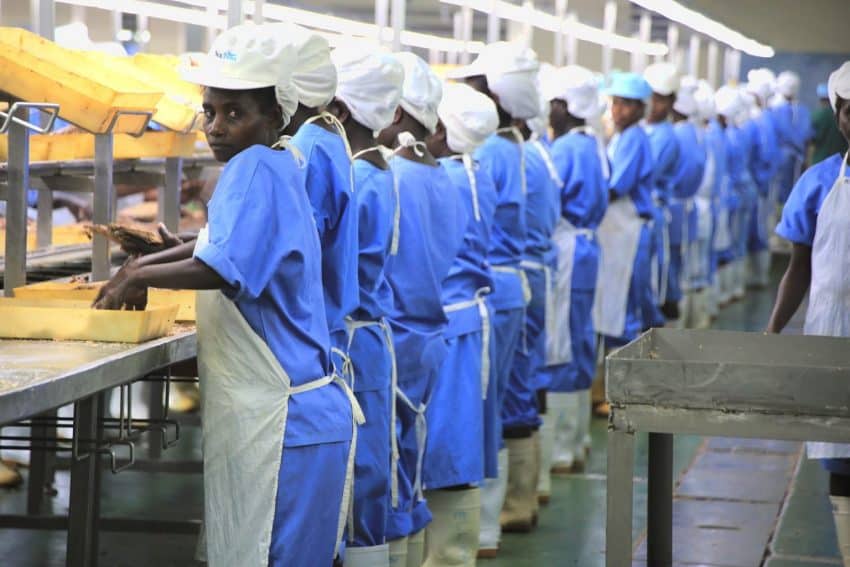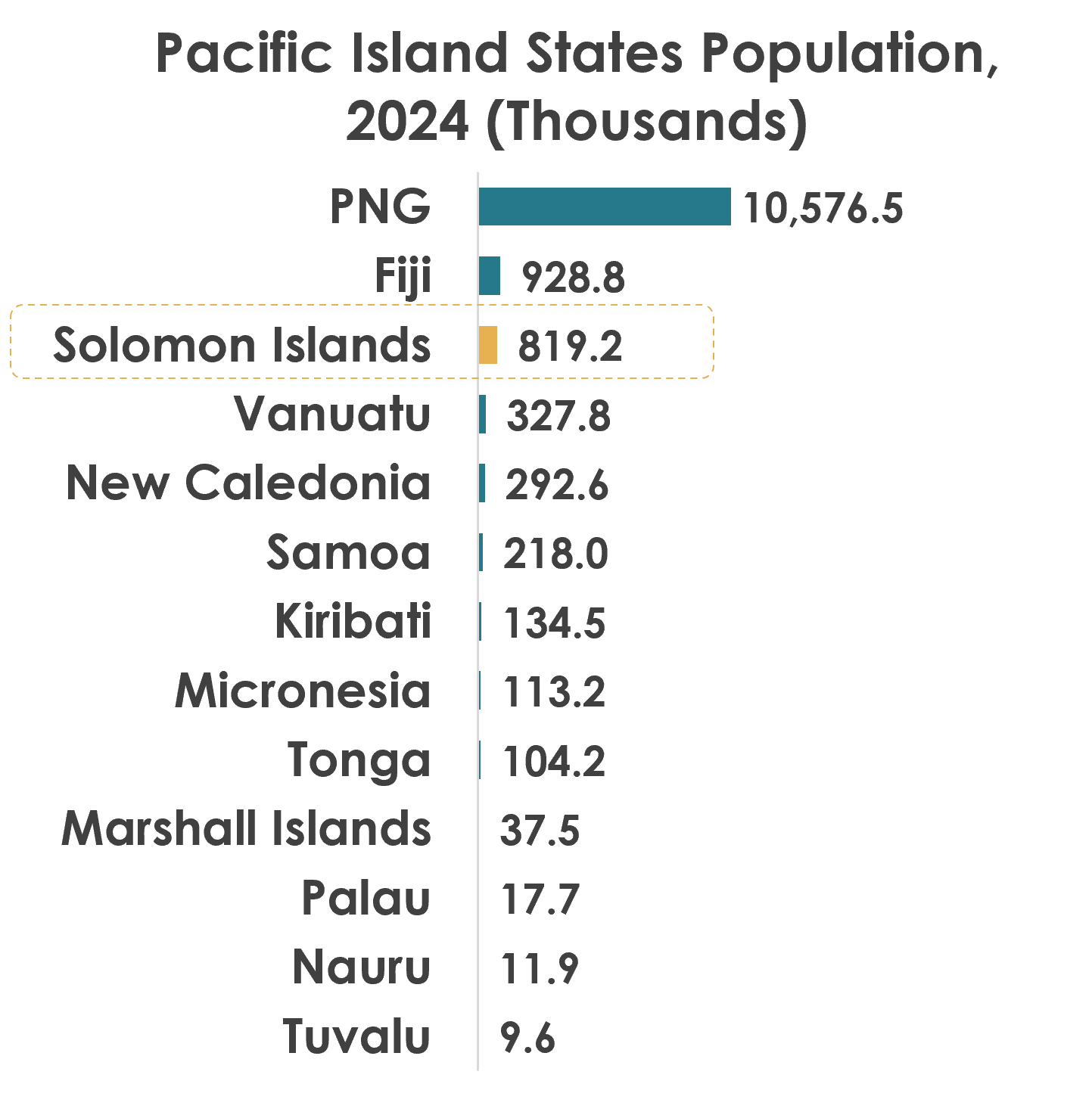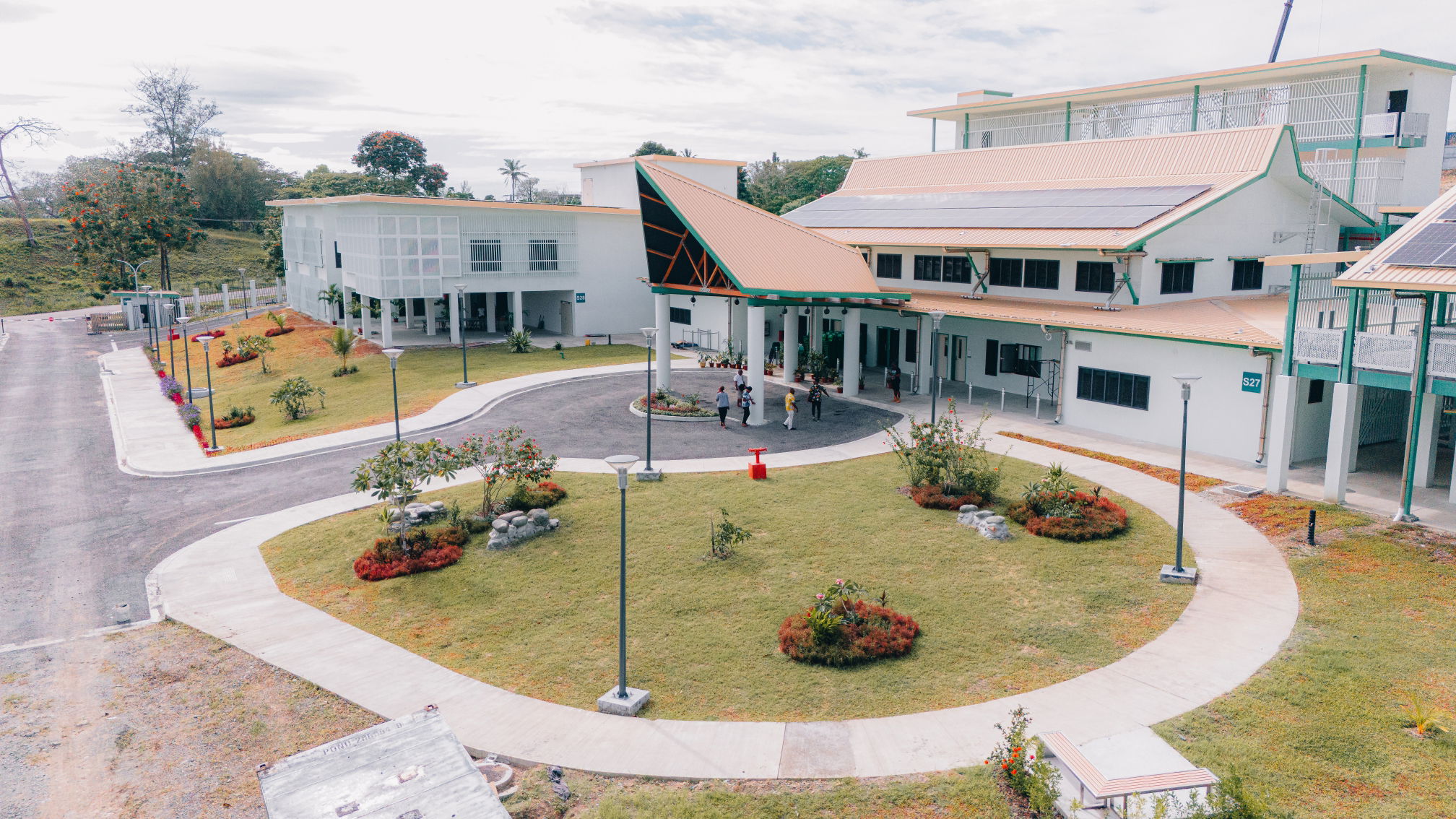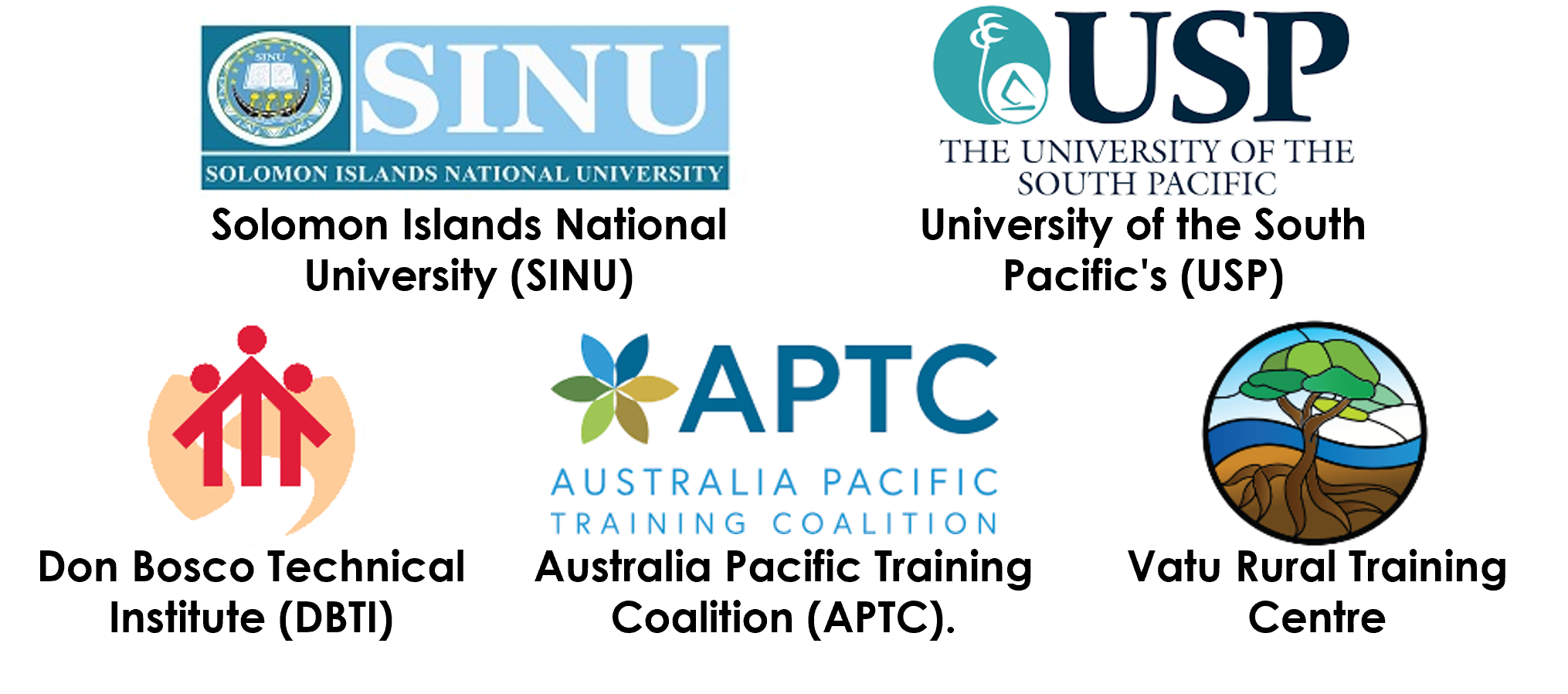5. Young, vibrant and educated labor workforce

The Solomon Islands boasts one of the youngest and most dynamic populations in the Pacific, with 64% of its people under the age of 30. This demographic advantage translates into a growing labor force that is both energetic and adaptable, offering investors a reliable pipeline of talent. Supported by significant government investment in education and training institutions, the workforce is increasingly equipped with the skills needed to meet modern business demands, making the country an attractive destination for labor-intensive and knowledge-driven industries alike.
Dynamic and youthful workforce
- Large population: With over 819,200 people, the Solomon Islands is the 3rd largest country in the Pacific region, offering not only a sizable domestic consumer market but also a substantial pool of human capital to support diverse business operations.
- Active workforce: Around 59.4% of the population (422,700 people) is engaged in the labor force, ensuring the steady availability of workers across sectors and providing confidence to investors in meeting labor needs.
- Rapid growth: The population has expanded at an annual average rate of 2.38% over the last five years, well above the Pacific Islands average (1.17%), the global rate (0.92%), and East Asia & Pacific (0.24%). This trend signals both a growing labor supply and an expanding consumer base.
- Young demographic: With 64% of its population under the age of 30—the highest youth share in the Pacific—the country offers a dynamic, trainable, and adaptable workforce, alongside a vibrant young consumer market that will continue to drive demand in the years ahead.

Labour force: population between 15-67 years old. - Note: Solomon Islands, as most of the Pacific Island States, faces challenges in labor availability due to ongoing outward migration, as many locals take up employment opportunities overseas, particularly through seasonal worker schemes. - Source: The World Bank Database

Educated and energized population
- Significant education investment: The Solomon Islands dedicates 8.3% of its GDP to education, well above the global average of 3.8% and the East Asia & Pacific average of 3.4% (2023). This strong commitment reflects the country’s priority on developing human capital and preparing its workforce for future growth.
- Expanding higher education system: The country is home to 2 universities and 3 vocational training centers that play a leading role in advancing higher education, equipping young people with the skills and qualifications needed to meet the demands of a modern economy.

Source: Source: The World Bank Database